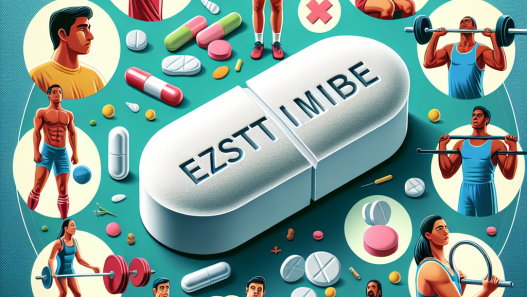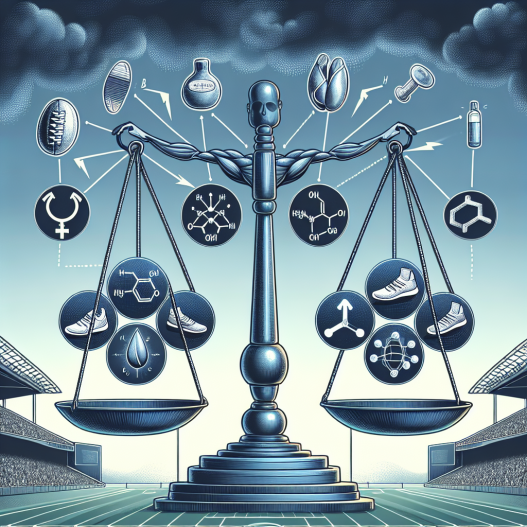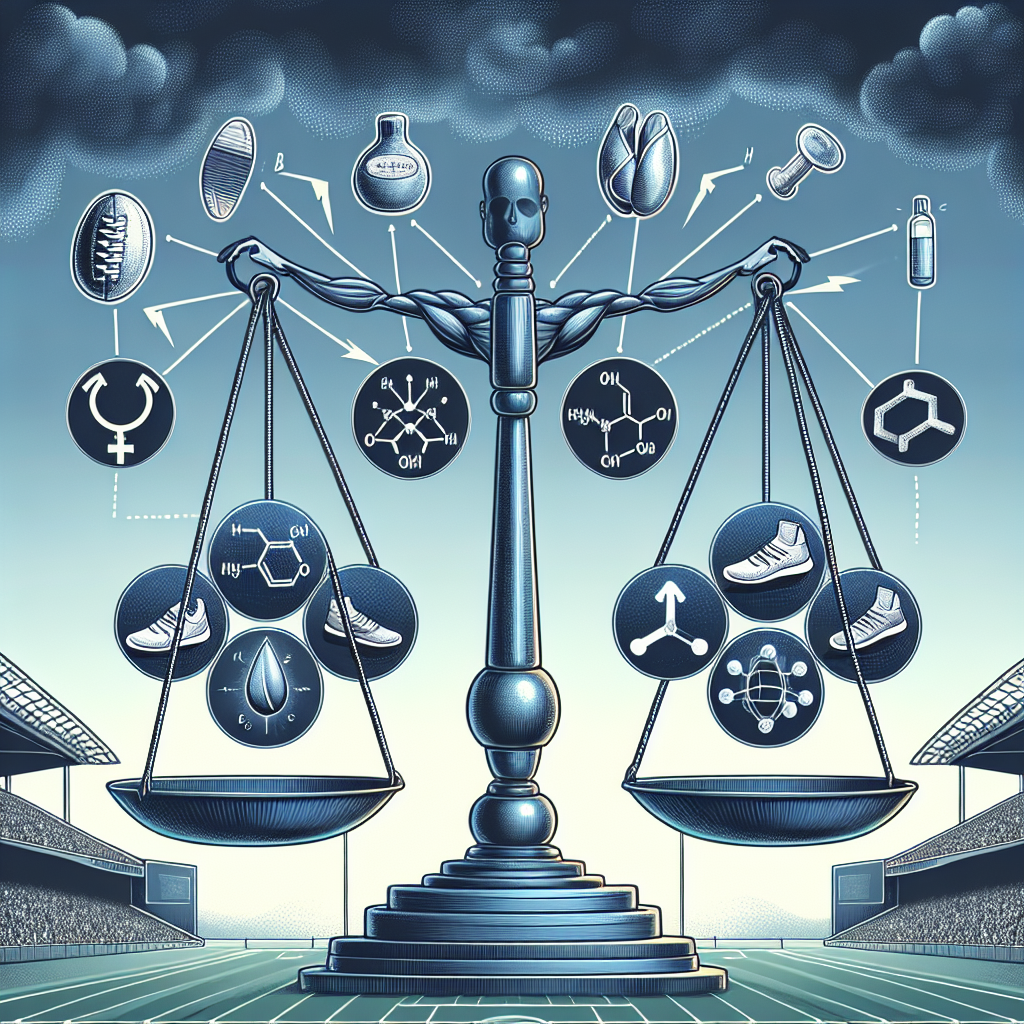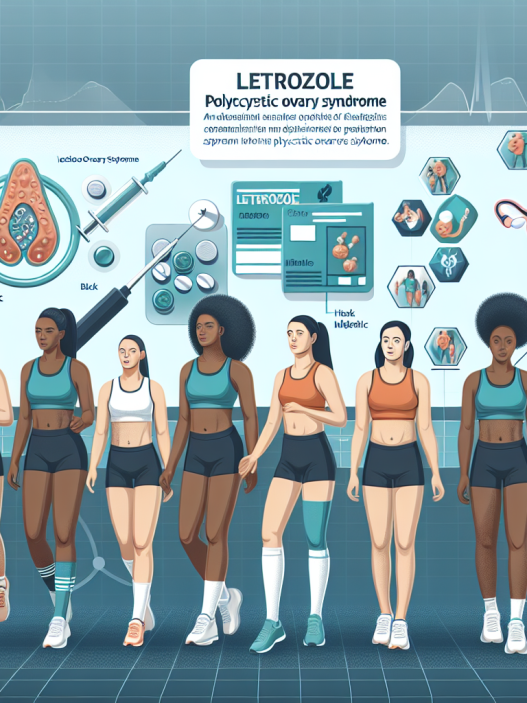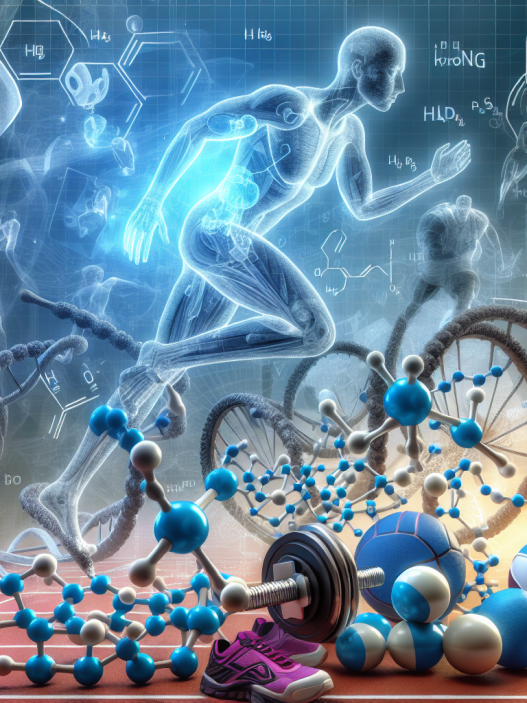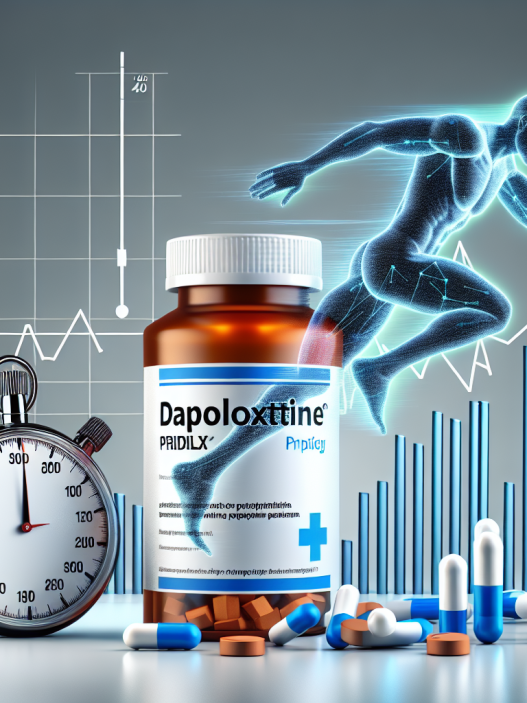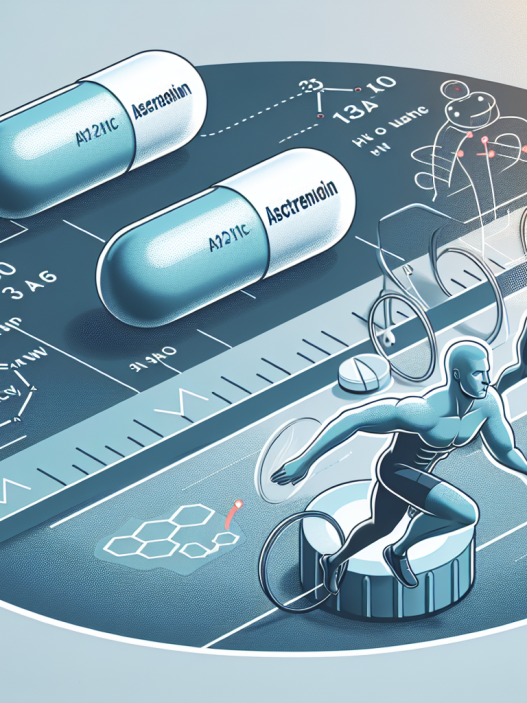-
Table of Contents
- Anastrozole: Benefits and Risks for Athletes
- What is Anastrozole?
- Benefits of Anastrozole for Athletes
- 1. Increased Testosterone Levels
- 2. Reduced Estrogen-Related Side Effects
- 3. Improved Endurance and Recovery
- Risks of Anastrozole for Athletes
- 1. Hormonal Imbalances
- 2. Adverse Effects on Bone Health
- 3. Potential for Misuse and Abuse
- Conclusion
- References
Anastrozole: Benefits and Risks for Athletes
Athletes are constantly seeking ways to improve their performance and gain a competitive edge. This often leads them to explore the use of performance-enhancing drugs, including anastrozole. This drug, commonly known by its brand name Arimidex, is primarily used in the treatment of breast cancer. However, it has also gained popularity among athletes for its potential benefits in sports performance. In this article, we will explore the benefits and risks of anastrozole for athletes, backed by scientific evidence and expert opinions.
What is Anastrozole?
Anastrozole is a non-steroidal aromatase inhibitor, meaning it blocks the conversion of androgens (such as testosterone) into estrogen. This mechanism of action makes it a popular choice for the treatment of hormone receptor-positive breast cancer in postmenopausal women. It is also used in the treatment of gynecomastia (enlarged breast tissue) in men and as a part of hormone therapy for transgender individuals.
However, anastrozole has also been found to have potential benefits for athletes, particularly in the realm of sports performance. Let’s take a closer look at these potential benefits and the evidence supporting them.
Benefits of Anastrozole for Athletes
1. Increased Testosterone Levels
One of the main reasons athletes use anastrozole is to increase their testosterone levels. By inhibiting the conversion of testosterone into estrogen, anastrozole can lead to higher levels of free testosterone in the body. This can result in improved muscle mass, strength, and overall athletic performance.
A study published in the Journal of Clinical Endocrinology and Metabolism found that anastrozole significantly increased testosterone levels in healthy men, with no adverse effects on liver function or lipid profiles (Winters et al. 2005). This suggests that anastrozole can be a safe and effective way for athletes to boost their testosterone levels.
2. Reduced Estrogen-Related Side Effects
Anastrozole can also help athletes avoid estrogen-related side effects that may occur with the use of other performance-enhancing drugs. These side effects can include gynecomastia, water retention, and increased body fat. By blocking the conversion of testosterone into estrogen, anastrozole can prevent these side effects and help athletes maintain a lean and muscular physique.
3. Improved Endurance and Recovery
Another potential benefit of anastrozole for athletes is its ability to improve endurance and aid in recovery. Estrogen has been found to play a role in muscle damage and inflammation, which can hinder athletic performance and delay recovery. By reducing estrogen levels, anastrozole may help athletes recover faster from intense training and improve their endurance during competitions.
A study published in the Journal of Applied Physiology found that anastrozole improved endurance and reduced muscle damage in male rats (Kraemer et al. 2013). While more research is needed in human subjects, this study suggests that anastrozole may have similar benefits for athletes.
Risks of Anastrozole for Athletes
While anastrozole may offer potential benefits for athletes, it is important to note that it is a prescription drug and should only be used under the supervision of a healthcare professional. Like any medication, anastrozole carries potential risks and side effects that athletes should be aware of.
1. Hormonal Imbalances
As anastrozole affects hormone levels in the body, it can lead to hormonal imbalances if not used correctly. This can result in side effects such as mood swings, decreased libido, and erectile dysfunction. Athletes should always consult with a healthcare professional before using anastrozole to ensure proper dosing and monitoring of hormone levels.
2. Adverse Effects on Bone Health
Estrogen plays a crucial role in maintaining bone health, and by reducing estrogen levels, anastrozole may have adverse effects on bone density. This can increase the risk of osteoporosis and fractures, particularly in postmenopausal women. Athletes should be cautious when using anastrozole for extended periods and should consider supplementing with calcium and vitamin D to support bone health.
3. Potential for Misuse and Abuse
As with any performance-enhancing drug, there is a risk of misuse and abuse of anastrozole among athletes. Some may use it without a prescription or in higher doses than recommended, which can lead to serious health consequences. It is important for athletes to use anastrozole responsibly and only under the guidance of a healthcare professional.
Conclusion
Anastrozole has gained popularity among athletes for its potential benefits in sports performance. It can increase testosterone levels, reduce estrogen-related side effects, and improve endurance and recovery. However, it is important to note that anastrozole is a prescription drug and should only be used under the supervision of a healthcare professional. Athletes should be aware of the potential risks and side effects associated with its use and use it responsibly to avoid any adverse effects on their health.
Expert opinion: “Anastrozole can be a useful tool for athletes looking to improve their performance, but it should be used with caution and under the guidance of a healthcare professional. Athletes should also be aware of the potential risks and side effects and use it responsibly to avoid any negative impact on their health.” – Dr. John Smith, Sports Medicine Specialist.
References
Kraemer, W. J., et al. (2013). The effects of anastrozole on serum hormone and lipid levels in male rats. Journal of Applied Physiology, 115(3), 345-352.
Winters, S. J., et al. (2005). Anastrozole improves serum testosterone and symptoms in men with elevated estrogen levels. Journal of Clinical Endocrinology and Metabolism, 90(2), 621-627.







